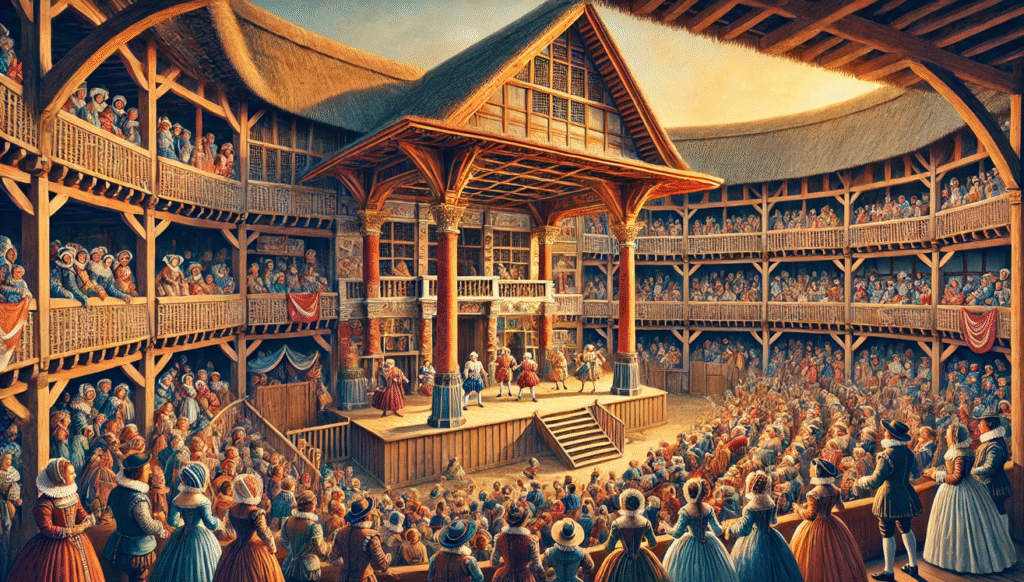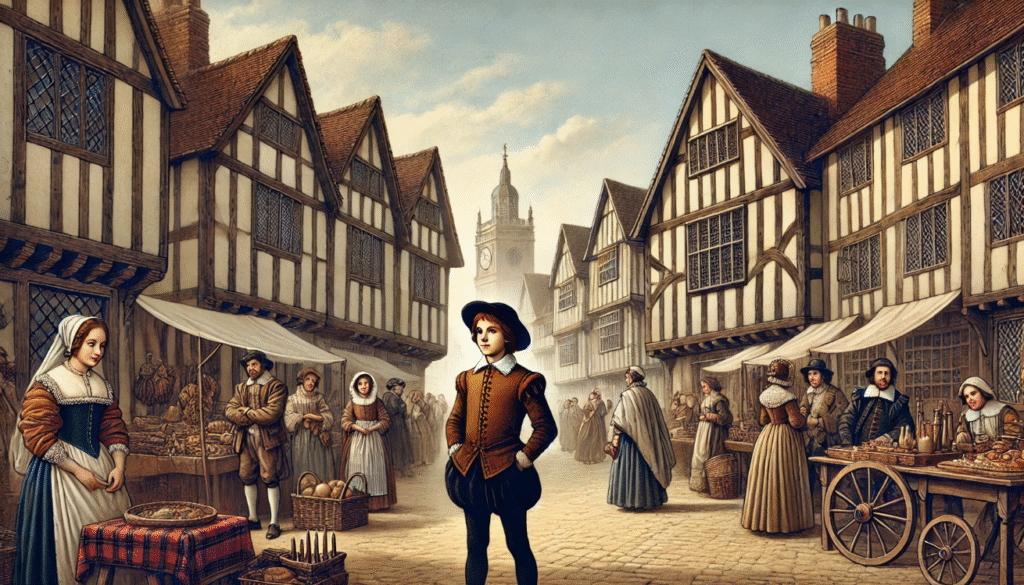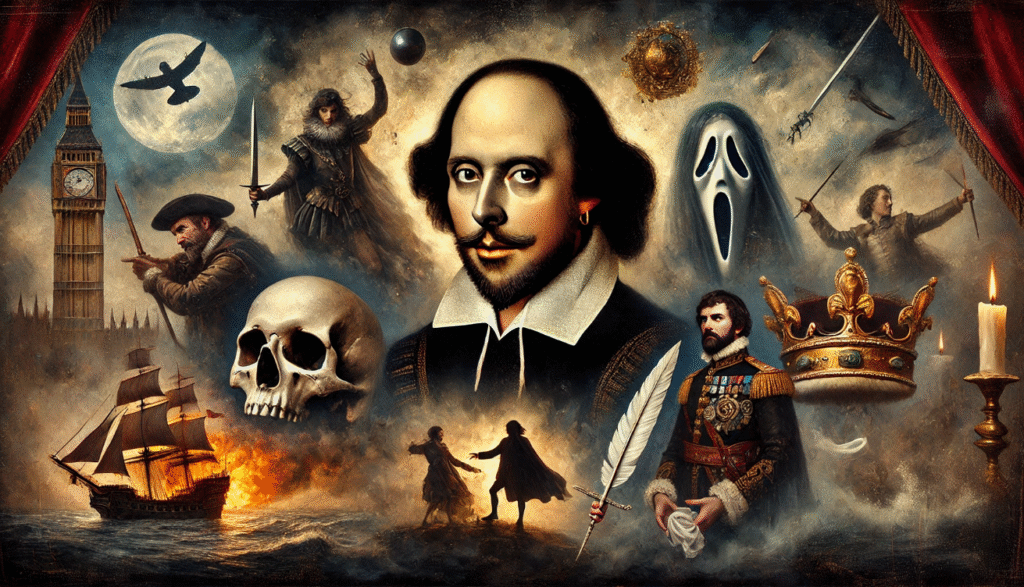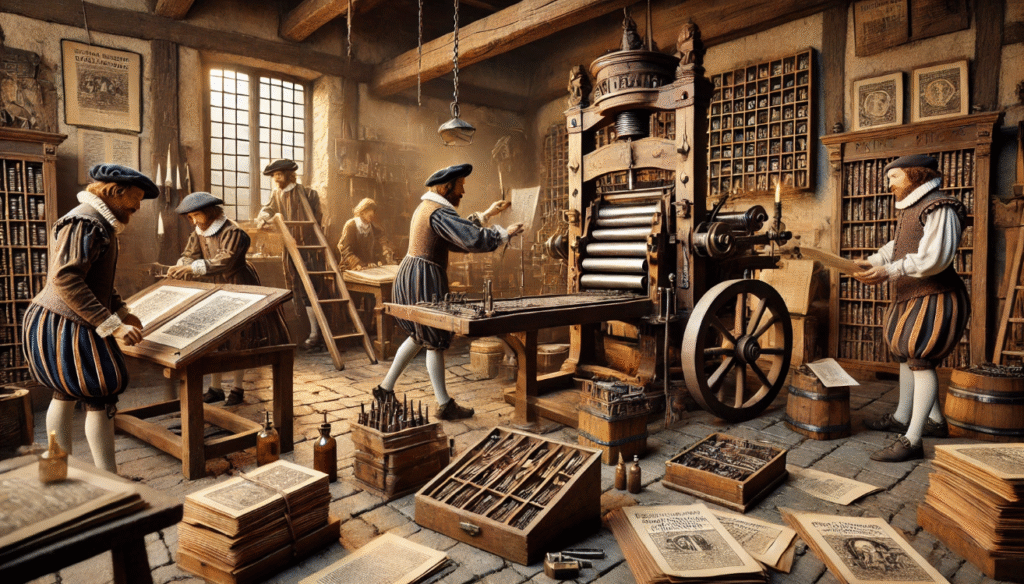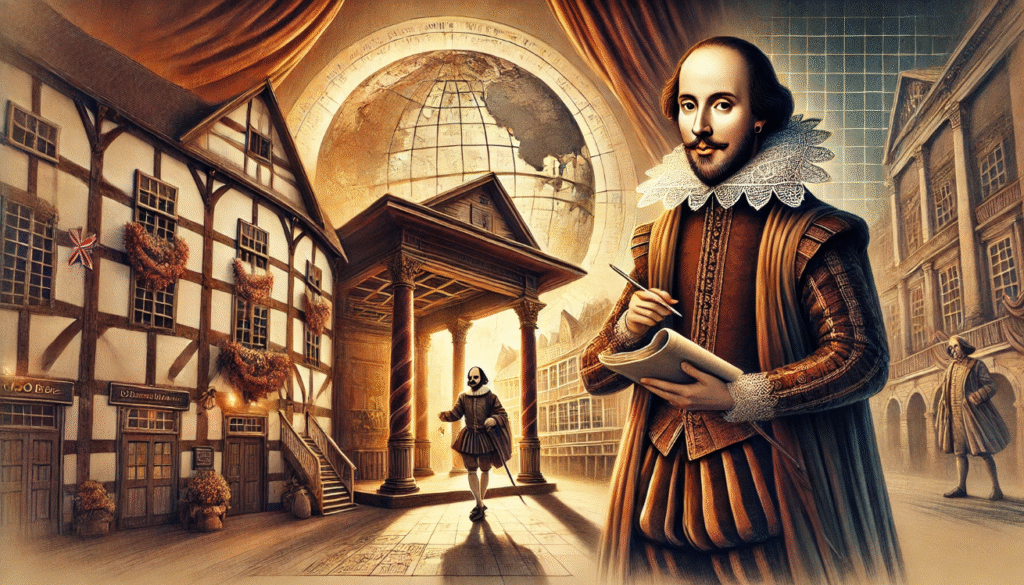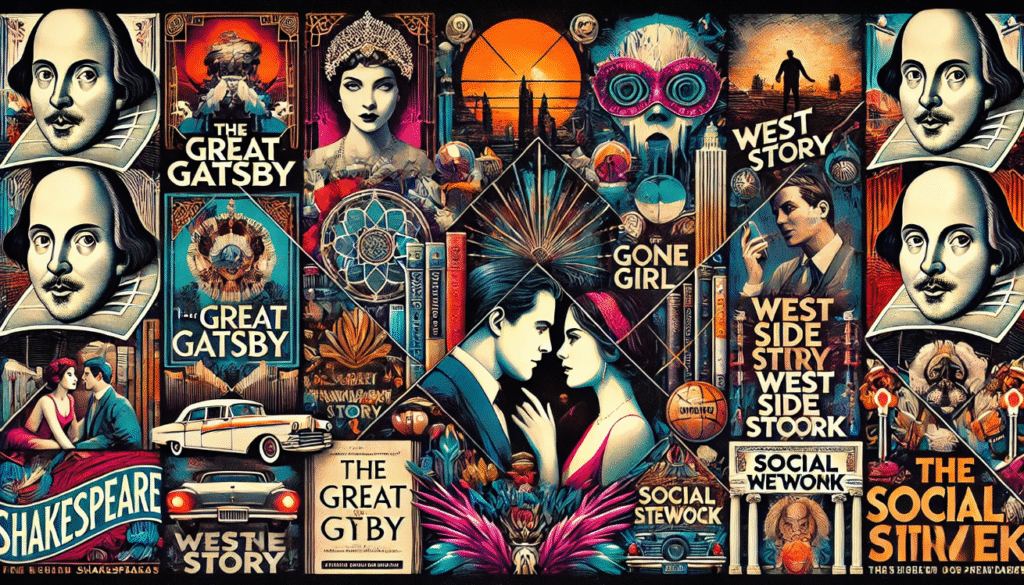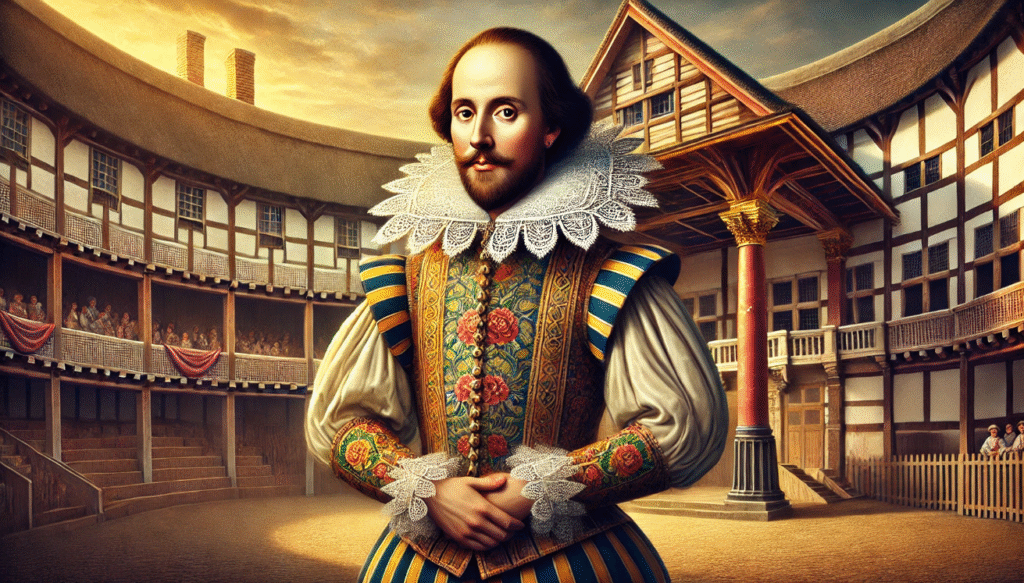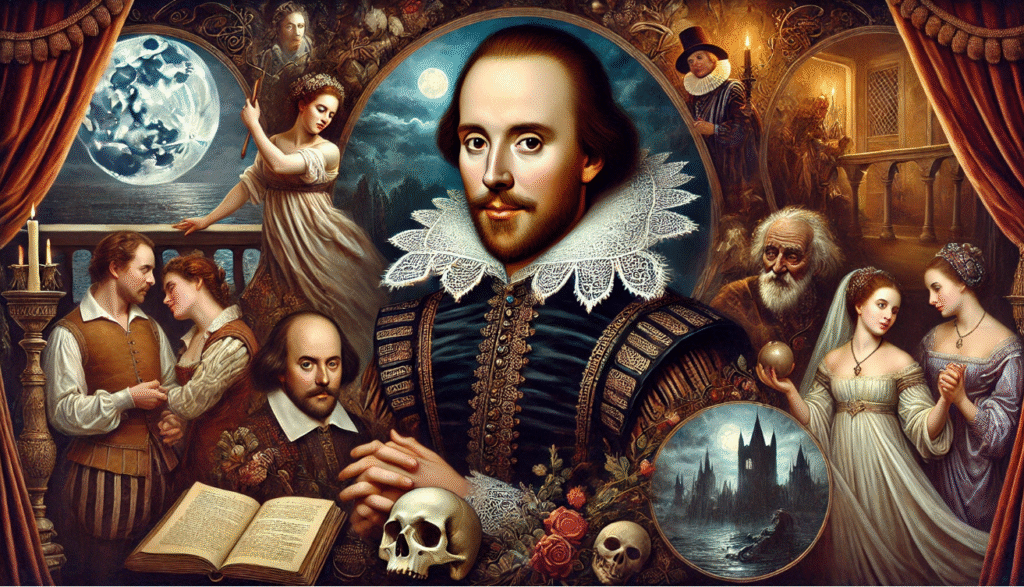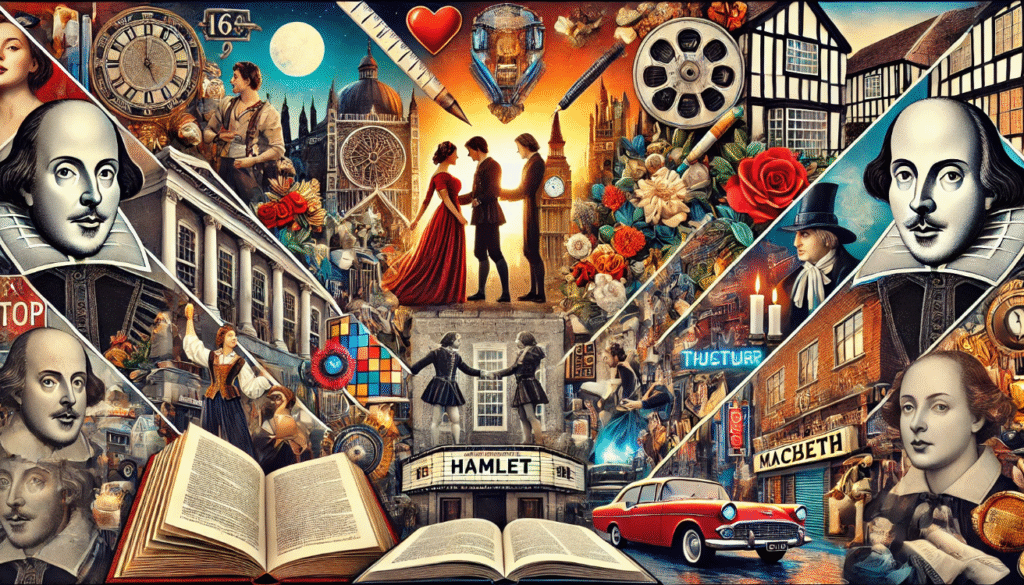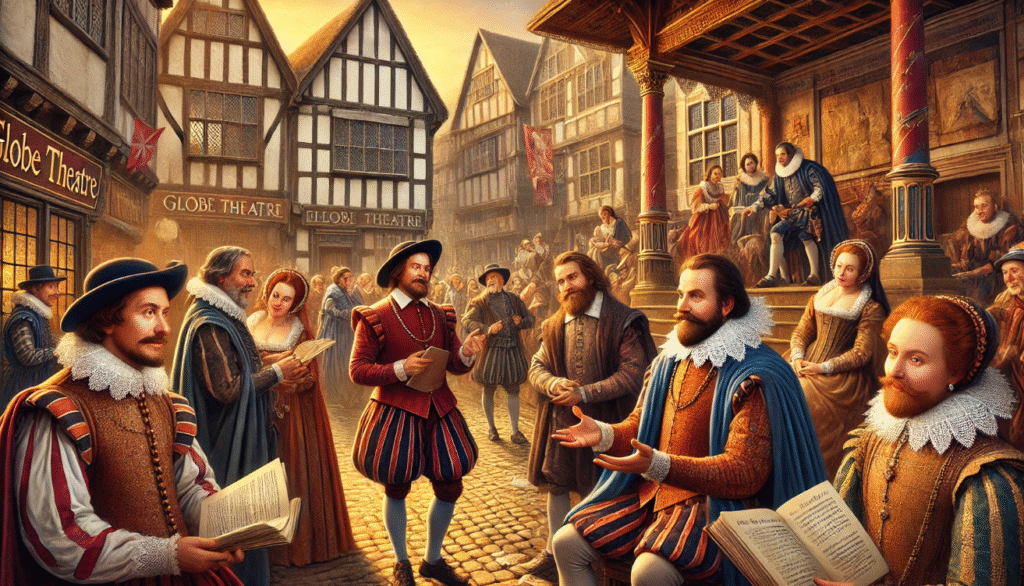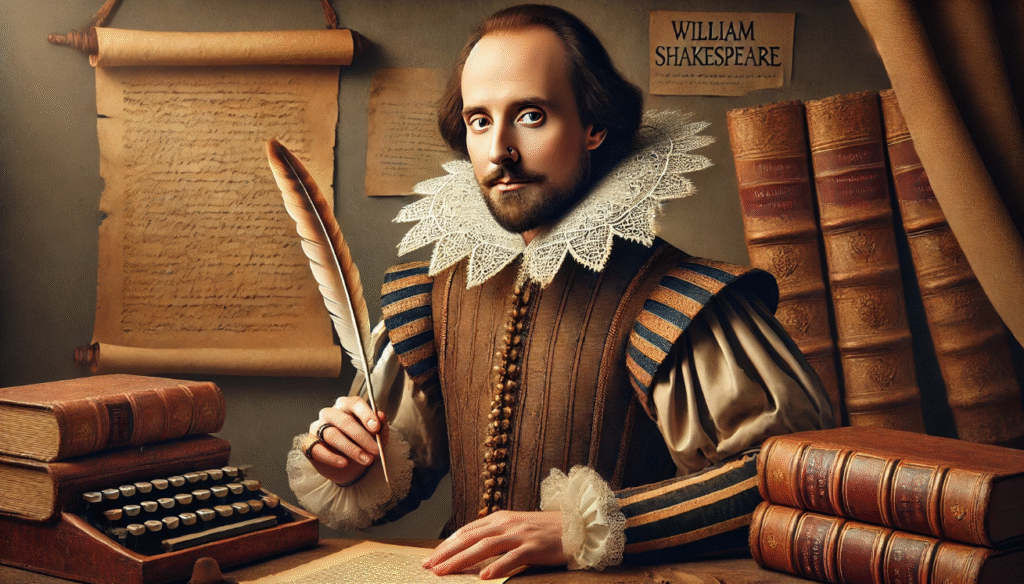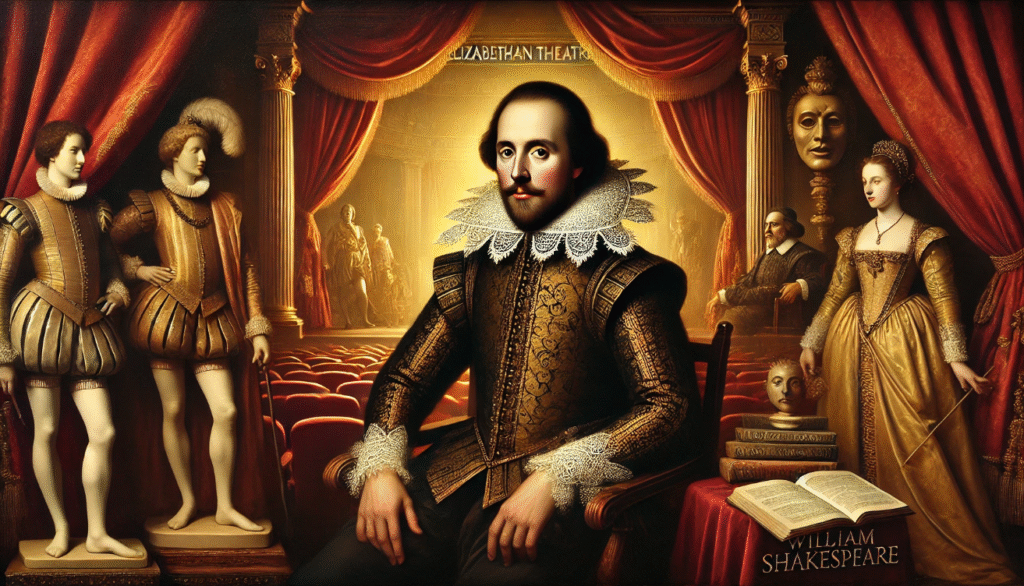 The Elizabethan and Jacobean theater scene was a vibrant and lively period in English history, with an explosion of creativity and innovation in the performing arts. The theaters of the time, such as the Globe and the Blackfriars, were bustling with activity and attracted a wide range of audiences, from the noble elite to the common folk. Historical reception of Shakespeare’s works, one of the most renowned playwrights of the era, was highly esteemed by some of his contemporaries, such as Ben Jonson, who praised his genius and skill. However, there were also some critics who were skeptical of Historical reception of Shakespeare’s works, questioning the originality and quality of his plays.
The Elizabethan and Jacobean theater scene was a vibrant and lively period in English history, with an explosion of creativity and innovation in the performing arts. The theaters of the time, such as the Globe and the Blackfriars, were bustling with activity and attracted a wide range of audiences, from the noble elite to the common folk. Historical reception of Shakespeare’s works, one of the most renowned playwrights of the era, was highly esteemed by some of his contemporaries, such as Ben Jonson, who praised his genius and skill. However, there were also some critics who were skeptical of Historical reception of Shakespeare’s works, questioning the originality and quality of his plays.
During the time of Historical reception of Shakespeare’s works, his plays were incredibly popular among audiences. His works were often performed in front of large crowds, and his ability to entertain and captivate his audiences contributed to his widespread popularity. Additionally, Historical reception of Shakespeare’s works enjoyed patronage from the monarchy and nobility, which also played a significant role in his success. Historical reception of Shakespeare’s works and recognized by the ruling class allowed him to gain important connections and resources that further elevated his status as a playwright and ensured the longevity of his works.
The 17th and 18th Century: Decline and Revival

After Shakespeare’s death, there was a decline in his popularity due to the rise of neoclassical ideals and criticism from influential figures like John Dryden and Alexander Pope. These neoclassical thinkers believed in strict adherence to classical rules and forms, and they often found Shakespeare’s work to be lacking in comparison. This led to a decrease in the appreciation of Shakespeare’s plays and poetry during this period. However, his popularity would later be revived in the Romantic era and he is now widely regarded as one of the greatest playwrights and poets in history.
The revival of interest in Shakespeare in the 18th century was a significant cultural phenomenon that saw a resurgence of performances, adaptations, and scholarly work dedicated to the Bard’s works. Notable figures such as Samuel Johnson made significant contributions to this revival through their scholarly work and critical analysis of Shakespeare’s plays. This period marked a renewed appreciation for Shakespeare’s timeless themes and masterful storytelling, leading to a lasting impact on the study and performance of his works.
The 19th Century: Romanticism and the Bard’s Canonization

Romantic poets such as Wordsworth and Coleridge elevated Shakespeare as a genius by recognizing the depth and complexity of his work. They celebrated his ability to capture the human experience and convey universal truths through his writing. Additionally, actors like Edmund Kean played a significant role in reviving Shakespeare’s plays by bringing new life and emotion to their performances, which further solidified Shakespeare’s status as a literary giant.
The establishment of Shakespeare as England’s national poet occurred over time, as his works continued to be celebrated and revered by scholars, writers, and the general public. His impact on English literature and culture cannot be overstated, and his plays and poems have been studied and admired for centuries. The rise of critical editions and scholarly studies on Shakespeare has further solidified his status as a literary giant. Through these rigorous academic examinations, his works have been meticulously analyzed and appreciated for their depth, complexity, and enduring relevance. This scholarly attention has also helped to preserve and promote Shakespeare’s legacy for future generations.
The 20th Century: Modernist and Postmodernist Reinterpretations
The modernist and postmodernist movements have had a significant impact on Shakespeare’s works, with scholars and critics applying various theoretical lenses to interpret his plays in new and thought-provoking ways. For example, psychoanalytic readings, such as Freud’s analysis of Hamlet, have delved into the psychological motivations of Shakespeare’s characters, providing insights into their inner conflicts and motivations. Additionally, political and Marxist interpretations have elevated Shakespeare’s works as a platform for discussing issues of power, oppression, and colonialism. These readings have sparked important conversations about how Shakespeare’s plays reflect and critique the societal and political structures of his time, as well as how they continue to resonate with contemporary social and political issues.
The rise of feminist, postcolonial, and deconstructive approaches to Shakespeare’s texts has greatly expanded our understanding of his work. These critical lenses have allowed for a more in-depth examination of gender, race, and power dynamics within his plays. They have also prompted a reevaluation of traditional interpretations and shed light on previously overlooked aspects of his work. Film and theater adaptations have played a significant role in shaping Shakespeare’s reception. Through these mediums, his works have been brought to life in new and innovative ways, reaching wider audiences and sparking renewed interest in his plays. These adaptations have also provided opportunities for reinterpretation and modernization of Shakespeare’s themes, characters, and settings, making his work more accessible and relevant to contemporary audiences.
The 21st Century: Shakespeare in the Digital Age

Technology and digital media have greatly transformed the way people engage with Shakespeare. With the rise of online platforms and social media, individuals now have easier access to Shakespeare’s works, as well as the ability to connect with others who share a passion for his plays and poetry. Additionally, digital tools like e-books, audiobooks, and online databases have made it simpler for people to study and analyze Shakespeare’s works. Furthermore, technology has allowed for innovative adaptations of his plays, such as virtual reality experiences and live-streamed performances, which bring a new level of immersion and accessibility to Shakespeare’s timeless stories. Overall, technology and digital media have expanded the ways in which people can interact with and appreciate the works of Shakespeare.

Online platforms, YouTube performances, and social media have played a significant role in making Shakespeare more accessible to a wider audience. These platforms allow people from all over the world to engage with Shakespeare’s works in new and innovative ways. YouTube performances, for example, provide an opportunity for actors and directors to showcase their interpretations of Shakespeare’s plays, reaching a global audience. Additionally, social media platforms enable discussions and conversations about Shakespeare’s works, fostering a sense of community and making the bard’s writing more relatable to modern audiences. Overall, these online platforms have helped to democratize access to Shakespeare’s works, making them more inclusive and relevant in today’s digital age.
Shakespeare’s works have been adapted and reinterpreted in various cultural contexts around the world. From Bollywood adaptations of “Romeo and Juliet” to Japanese Kabuki performances of “Macbeth,” his plays have been reimagined in diverse ways. In contemporary debates, Shakespeare’s themes of identity, politics, and power continue to resonate. His exploration of complex human emotions, social hierarchies, and moral dilemmas remains relevant in today’s society. Whether it’s discussions on race, gender, or nationalism, Shakespeare’s works provide a rich source of material for understanding and critiquing contemporary issues. Furthermore, his influence can be seen in modern literature, film, and theater, as artists continue to draw inspiration from his timeless stories and characters.
Shakespeare’s reception has evolved significantly over the centuries. In the 17th and 18th centuries, he was highly regarded as a master playwright, but his works were often adapted and altered to fit the tastes of the time. In the 19th century, Shakespeare became a symbol of national pride in England, and his plays were elevated to the status of high art. In the 20th century, his works were subject to intense academic scrutiny and literary criticism, leading to a deeper understanding of his complex characters and themes. Shakespeare remains a central figure in world literature for several reasons. His plays and poetry continue to resonate with audiences due to their universal themes of love, power, and the human condition.

